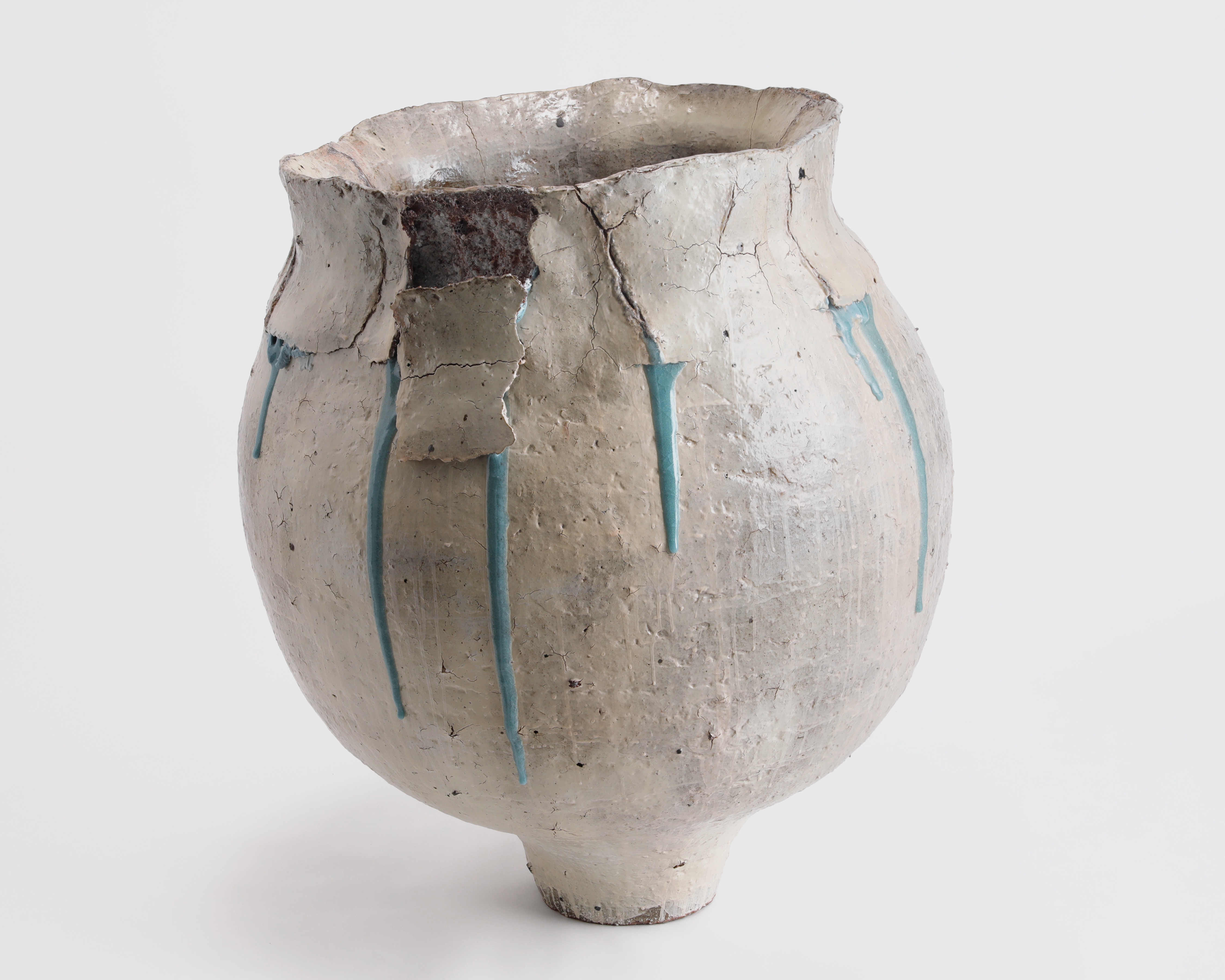
Yuji Ueda
b. 1975
ART WEEK TOKYO | NOVEMBER 2–5, 2023
SECTION 02
In Japan it’s not uncommon for contemporary artists, whether they work in painting or sculpture, to base their practice on honing their feel for materials and perfecting their technique. (The image then follows from there, and that process in itself is the only concept the work needs.) This proclivity for controlling conditions is a mark of a craft-like sensibility. On the other hand, craft in recent years is seeing more experimentation with daring colors and forms—or, in other words, more artistic approaches. And so, art and craft have become somewhat inverted in Japan. These days, whenever you stand before a work, you might find yourself struck by the question, “Is it art? Or is it craft?”
In fact, this inversion has existed since the very moment that “art” was conceptualized in Japan. In 1868 the Tokugawa shogunate gave way to the Meiji government, and the new regime was determined to participate in the 1873 Vienna World’s Fair as part of its drive toward modernization. Consequently, the Japanese word for “art,” bijutsu, was formulated as a counterpart to the German Kunstgewerbe (industrial art). (Though some sources state that bijutsu corresponds to only the “Kunst” part of the word.) The funny thing is that since the Japanese government viewed art as an export industry, most of the items sent to Vienna were actually exquisite works of craft that appealed to Orientalist tastes. Then, as Japan’s industrialization progressed, art was repurposed as a tool for fostering national spirit; it was restricted to painting and other forms of visual expression, while anything prioritizing technique or mass production was deemed craft. But, confusingly, the word for “craft” in Japanese, kogei, was already established prior to the advent of bijutsu and had long been used as an all-encompassing concept for the plastic arts.
Today, ironically, the increased presentation of ceramics in an art context is also being driven in part by the market factors of collector taste and dealer strategy, in a structure replicating the Meiji-era attempts to make art (which is to say, craft) a major export. Who says history doesn’t repeat itself?